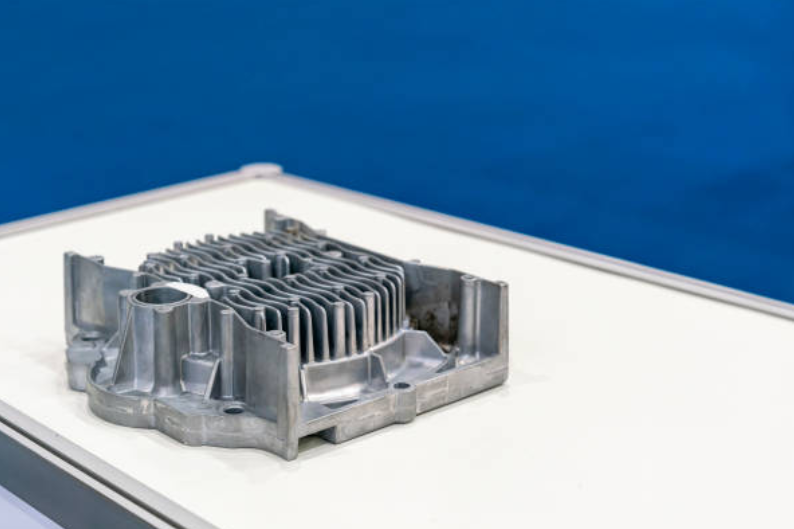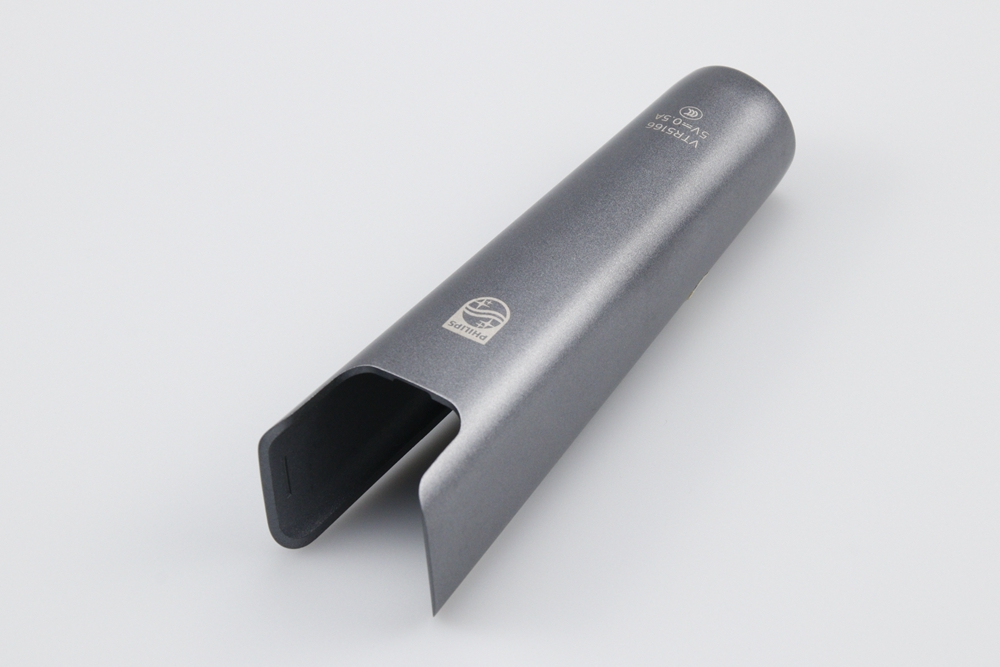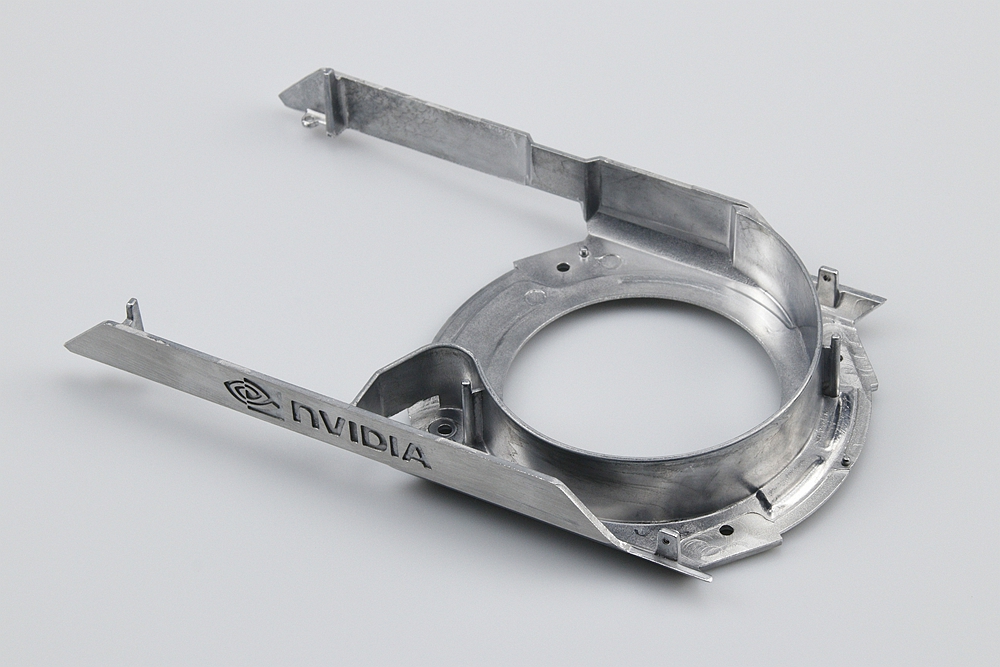How can common zinc die casting defects be prevented?
How Can Common Zinc Die Casting Defects Be Prevented?
Porosity Control through Gating and Venting
Gas porosity is one of the most frequent issues in zinc die casting. It occurs when air or gas is trapped during high-speed metal injection. To prevent this:
Optimize gating systems to promote smooth, laminar flow.
Design vents and overflows to allow trapped gases to escape.
Use vacuum-assisted die casting to minimize entrapped air. These methods help produce denser parts, particularly in thin-wall castings (as small as 0.3 mm) used in consumer electronics or automotive enclosures.
Avoiding Cold Shuts and Flow Lines
Cold shuts occur when two metal fronts fail to fuse properly, often due to low melt temperature or poor gate design. Maintain zinc alloy melt temperatures between 400–430 °C, and ensure the die temperature remains consistent (typically 150–200 °C) to support proper metal flow. Smooth runner design and regulated shot speed help eliminate flow interruptions.
Shrinkage and Sink Mark Prevention
Zinc alloys have low shrinkage (~0.6%), but improper cooling or inadequate risers can still cause sink marks. To address this:
Design with uniform wall thicknesses to promote even solidification.
Use localized cooling channels or thermal pins to control hot spots.
Maintain optimal injection pressure (typically 20–40 MPa for zinc).
Flash and Burr Elimination
Flash occurs when molten metal leaks between die parting lines. It can be prevented by:
Maintaining tight die fit and clamp force (often above 300 tons for medium parts).
Routine die maintenance to ensure no wear at the parting surface.
Precision die machining with tolerances below 0.01 mm helps achieve clean sealing.
Oxide and Inclusion Control
Surface blemishes and internal inclusions are caused by oxides or slag entering the cavity. These are minimized by:
Using filtered molten metal to remove inclusions.
Skimming the melt surface before each injection.
Limiting the holding time of molten zinc to reduce oxidation.
Manufacturing Services for Defect-Free Zinc Die Casting
Neway ensures consistent quality in zinc die casting using advanced simulation, tooling design, and CNC finishing. With 20+ years of expertise, ±0.01 mm tolerance control, and global delivery, we deliver flawless parts across industrial sectors.



